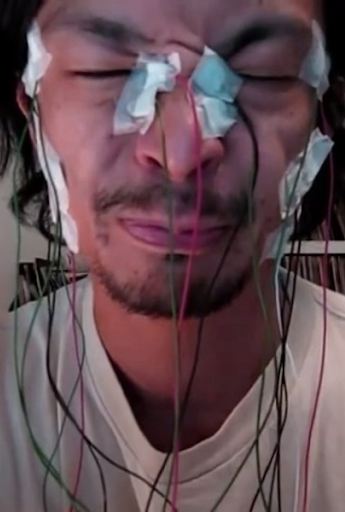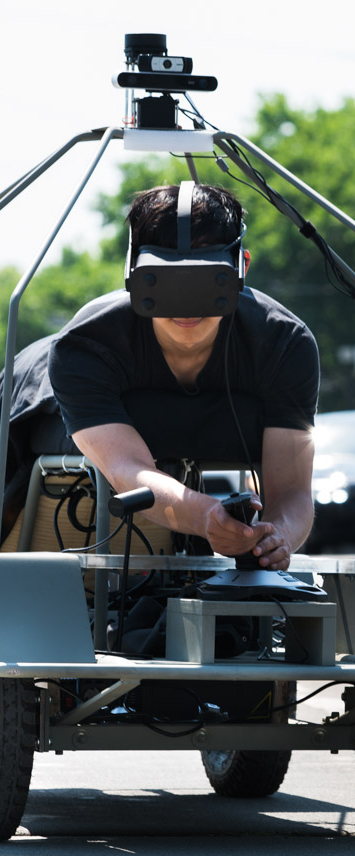
DAITO MANABE
真鍋 大 度
One of the new technology projects from the programmer and artist Daito Manabe based in Tokyo, Japan, centres on experimental music performances and connects a person’s face to electric sensors. This innovative system lets you ‘play’ your face like a musical instrument with the help of facial movements that trigger sounds. Electrical stimulation makes a face twitch involuntary, each twitch matches the beat of the music.





